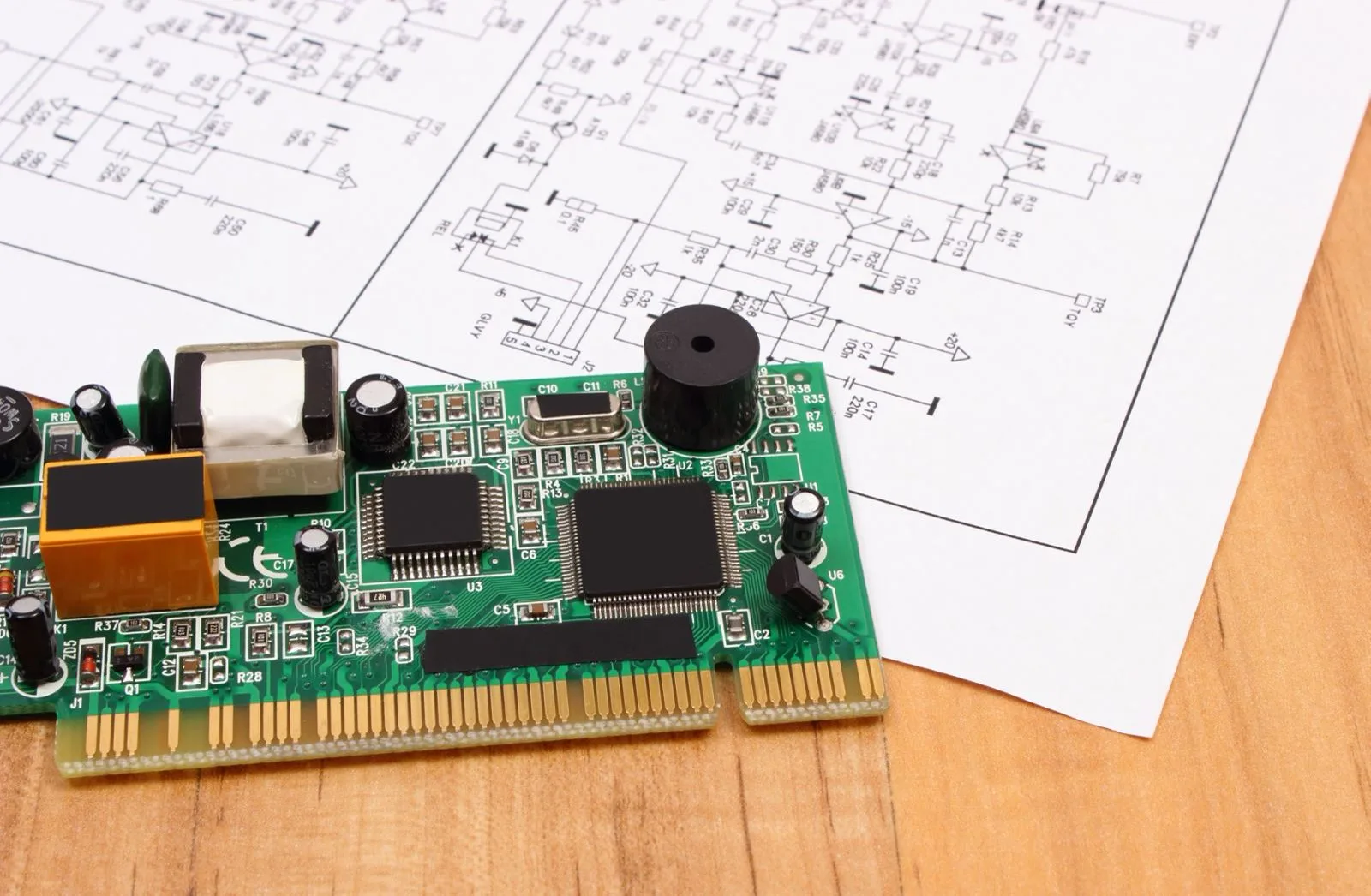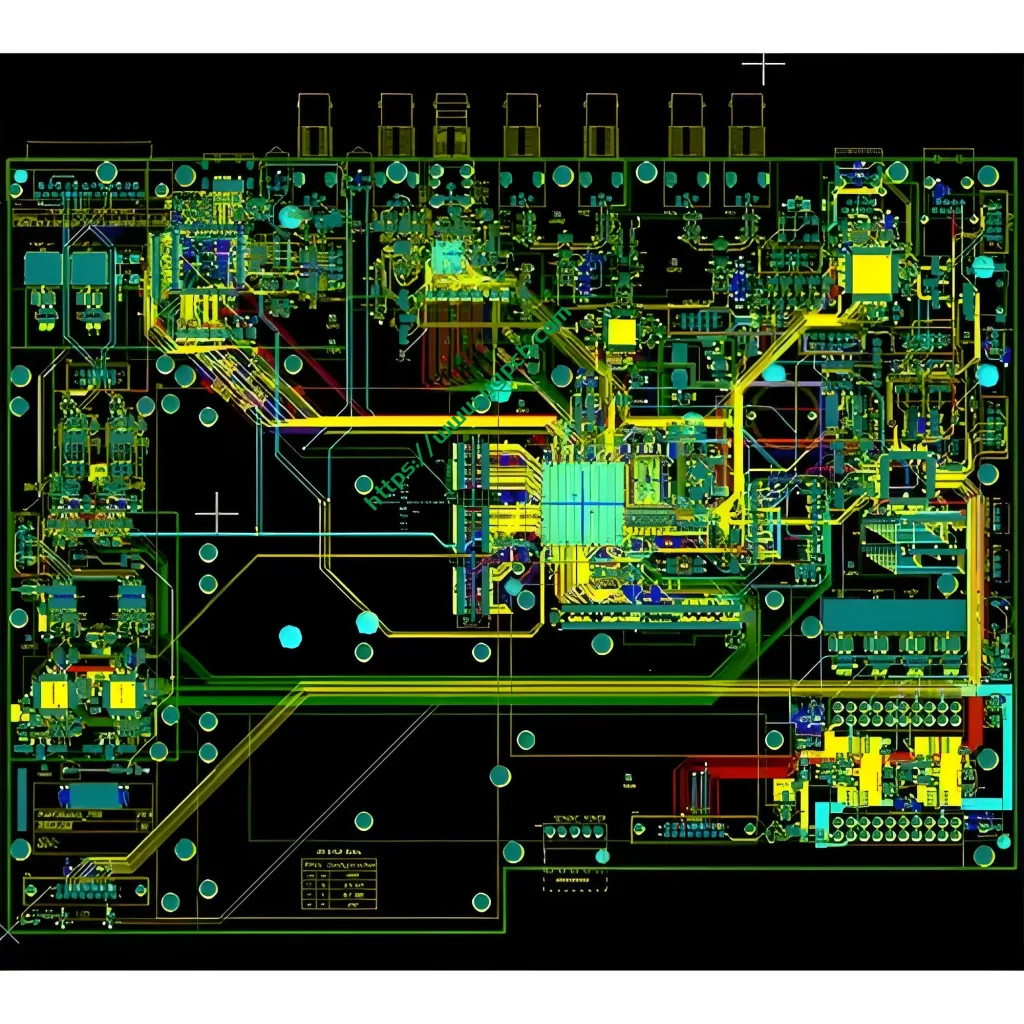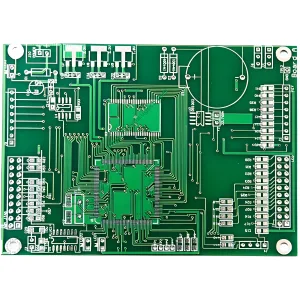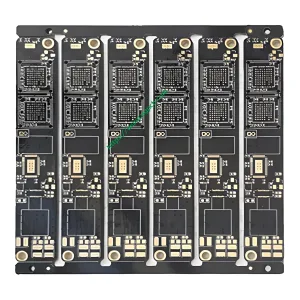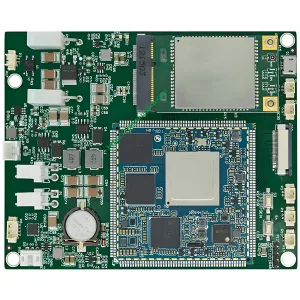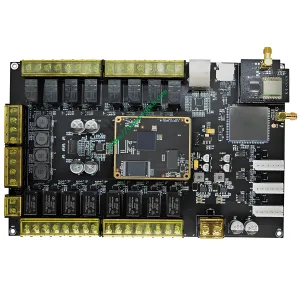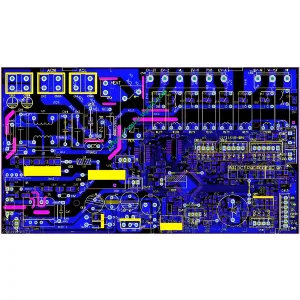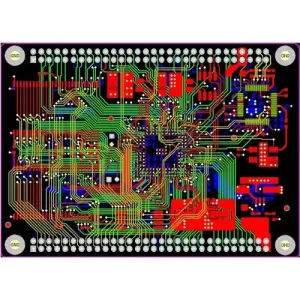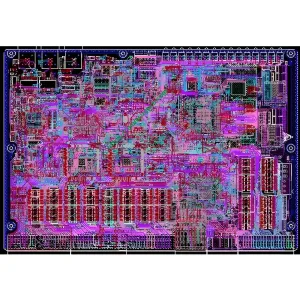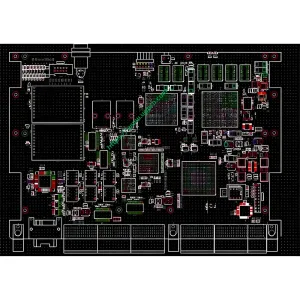UPC: The Heart of the Core Board
The CPU is the most important part of the core board, consisting of an arithmetic unit and a controller. If a computer is compared to a person, then the CPU is his heart, and its important role is evident from this. No matter what kind of CPU, its internal structure can be divided into three parts: control unit, logic unit, and storage unit. These three parts coordinate with each other to analyze, judge, calculate, and control the coordinated work of each part of the computer. [1]
Core Board: The Foundation of MINI PC
The core board is an electronic motherboard that packs and encapsulates the core functions of the MINI PC. Most core boards integrate CPU, dispositivos de almacenamiento, and pins, and are connected with the matching backplane through pins to realize a system-on-chip in a certain field. People often refer to such a system as a single-chip microcomputer, or an embedded development platform. Because the core board integrates the general functions of the core, it has the versatility that a core board can customize a variety of different backplanes, which greatly improves the development efficiency of the single-chip microcomputer. Because the core board is separated as an independent module, it also reduces the difficulty of development and increases the stability and maintainability of the system.
Memoria: The Storage Component of a Computer
Memory is a component used to store programs and data. For a computer, with memory, there is a memory function to ensure normal work. There are many types of memory, which can be divided into main memory and auxiliary memory according to their use.
Main Memory (Internal Memory)
Main memory is also called internal memory (referred to as memory). It is the component that the CPU directly communicates with and uses to store data, and stores the data and programs currently in use (eso es, in execution). Its physical essence is that one or more groups have an integrated circuit with data input and output and data storage functions.
Auxiliary Memory (External Memory)
Auxiliary memory is also called external memory (referred to as external memory). External storage is usually magnetic media or optical discs, such as hard disks, floppy disks, magnetic tapes, CDs, etc.. They can store information for a long time and do not rely on electricity to store information. Sin embargo, driven by mechanical parts, the speed is much slower than that of the CPU.
Temporary Storage: The Role of Memory
The memory is only used to temporarily store programs and data. Once the power is turned off or a power failure occurs, the programs and data in it will be lost.
 UGPCB LOGO
UGPCB LOGO
